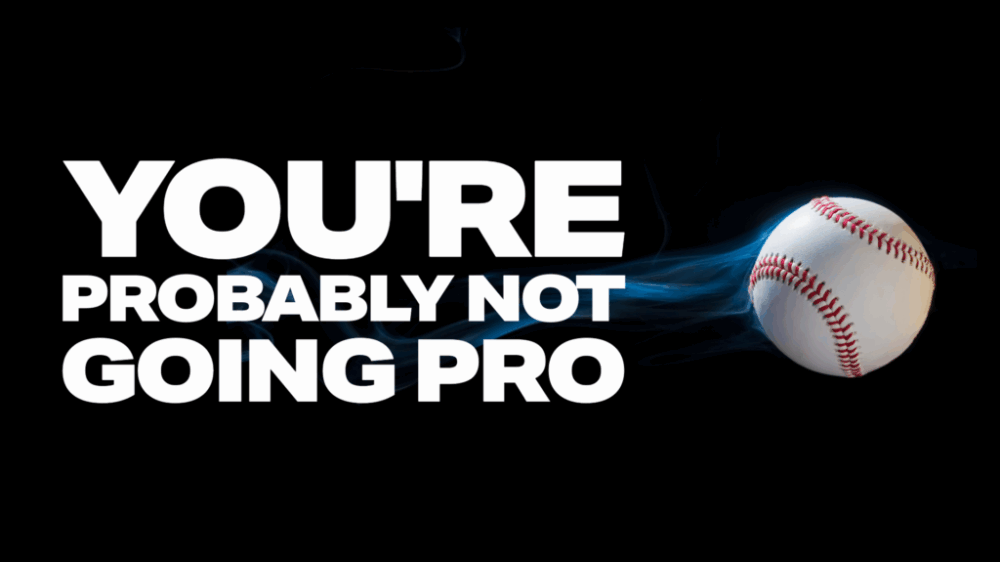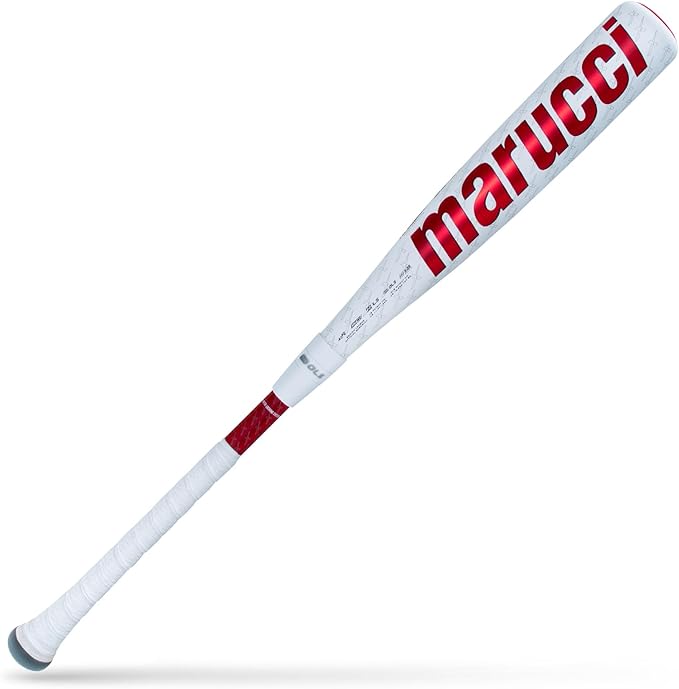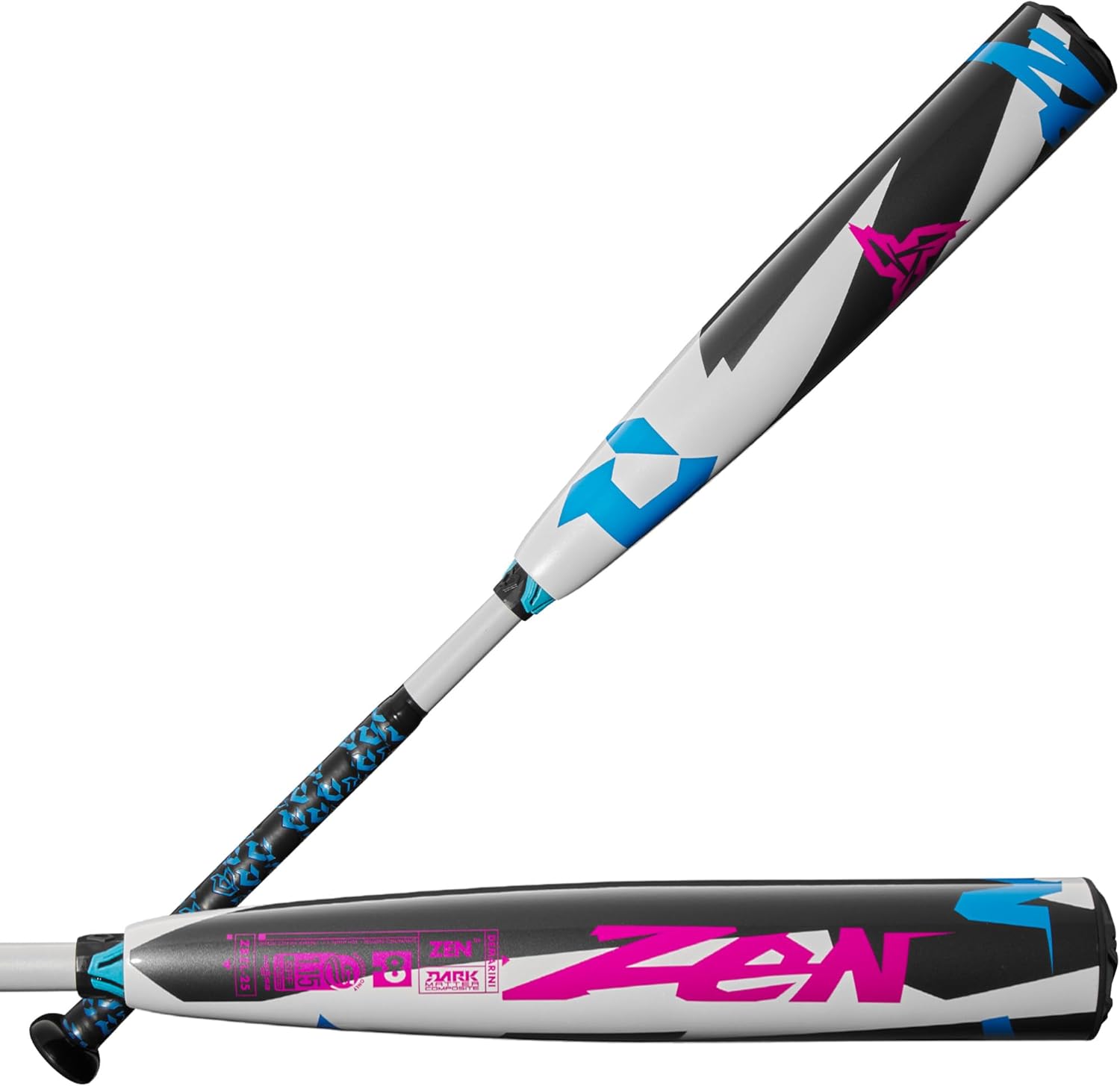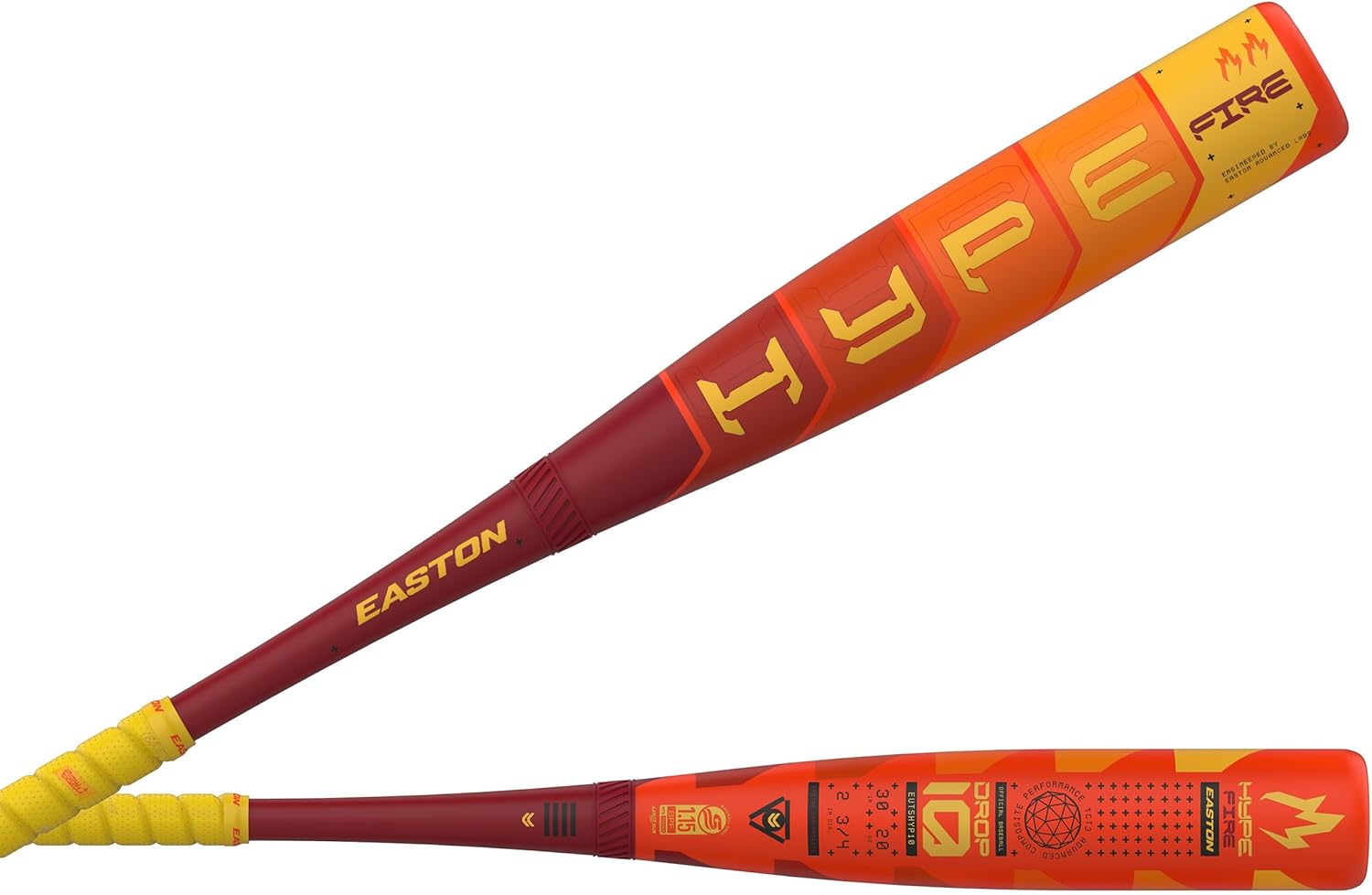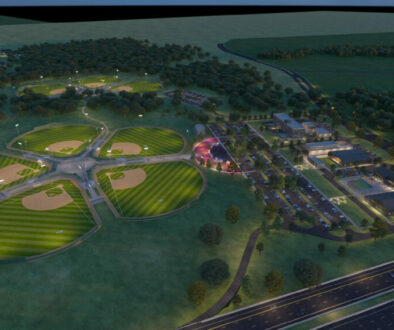The Statistical Ascent: Quantifying the Odds of Reaching Major League Baseball
The Dream vs. The Data
Millions dream of playing Major League Baseball, a pursuit fueled by passion and dedication. This infographic dissects the stark statistical realities, revealing the formidable journey from hopeful amateur to seasoned professional. The odds are staggering, but understanding them provides crucial perspective.
That’s a minuscule 0.015%. This journey is one of the most selective in all of professional sports.
*This visual represents the drastic reduction in player numbers at each significant transition point. Each arrow signifies a highly competitive leap.
The Foundation. High School Hopefuls
The journey begins with a vast pool of high school athletes. While many participate, only a small fraction will advance to play at the collegiate level, marking the first significant filter.
The first major filter occurs between high school and college. Only about 12.4% of all high school baseball players will go on to play at any college level (NCAA, NAIA, or NJCAA). For nearly 88% of high school players, the dream of continuing their baseball career ends here.
~511,383
Total High School Baseball Players (U.S. 2021-22)
This massive number underscores the initial breadth of competition. Among these, approximately 130,000 are seniors each year.
Numbers of Players Across Different Collegiate Divisions
The collegiate baseball system is a multi-tiered landscape, with various associations providing opportunities for athletes to continue their careers. The NCAA remains the largest single pipeline for professional baseball. In the 2022-23 academic year, there were 38,849 total NCAA baseball participants.3 Breaking this down further, NCAA Division I comprises 12,109 players across 307 teams.5 NCAA Division II accounts for 11,274 players across 256 teams.5 NCAA Division III has the largest number of teams and players within the NCAA, with 15,342 players across 383 teams.5
Beyond the NCAA, other collegiate associations also field significant baseball programs.
College baseball offers a more competitive environment, but it’s still a stepping stone. The MLB Draft is the primary gateway, and it’s highly selective, favoring players from top-tier programs.
The collegiate baseball system is a multi-tiered landscape, with various associations providing opportunities for athletes to continue their careers. The NCAA remains the largest single pipeline for professional baseball. In the 2022-23 academic year, there were 38,849 total NCAA baseball participants.3 Breaking this down further, NCAA Division I comprises 12,109 players across 307 teams.5 NCAA Division II accounts for 11,274 players across 256 teams.5 NCAA Division III has the largest number of teams and players within the NCAA, with 15,342 players across 383 teams
Beyond the NCAA, other collegiate associations also field significant baseball programs. The National Association of Intercollegiate Athletics (NAIA) has 8,093 players across 191 teams.5 Junior Colleges (NJCAA) represent another substantial pathway, with 12,404 players across 399 teams.5 A smaller segment of 2,006 players across 73 teams falls under “Other” collegiate classifications.5 These detailed player counts for each collegiate division are crucial for understanding the size and distribution of the talent pool that MLB scouts are observing. The slight discrepancies between sources are minor and likely reflect different reporting periods, but the overall picture of a large, multi-tiered collegiate system remains consistent. This data reinforces the idea that while D1 is prominent, a significant number of players continue their careers at other competitive levels.
The MLB Draft as the Primary Gateway from College
The Major League Baseball Draft stands as the primary mechanism through which collegiate players transition to professional baseball. This annual event is the critical selection point for aspiring professionals. In 2023, there were a total of 614 draft picks across all rounds.3 This number is a stark contrast to the tens of thousands of collegiate baseball players. It immediately highlights the severe bottleneck at the entry point to professional baseball. The draft is not merely a selection process; it is an intense culling, where only a tiny fraction of collegiate athletes will be chosen.
Probabilities of Collegiate Players Being Drafted
The general probability for NCAA senior male baseball players to be drafted by an MLB team is less than eleven in 100, or about 10.5 percent.1 For all NCAA draft-eligible players in 2023, the estimated probability was 5.1% (444 out of 8,633 draft-eligible players).3 The difference between the 10.5% (for NCAA seniors) and 5.1% (for all NCAA draft-eligible players) is important. The 10.5% figure likely reflects a higher concentration of draft-ready talent among seniors. The 5.1% figure, being based on a broader “draft-eligible” pool, represents a more comprehensive, and thus lower, overall probability. Both figures, however, emphasize the significant challenge of being drafted even after reaching the collegiate level.
The Measurable Skill Leap
The difference between an average MiLB player and an MLB player isn’t just perception; it’s quantifiable. Statcast data reveals significant disparities in core baseball skills.
The Measurable Skill Leap: MLB vs. MiLB
The difference between an average Minor League player and an MLB player isn’t just anecdotal; it’s quantifiable through advanced metrics. Statcast data reveals significant disparities in core baseball skills:
-
Average Fastball Velocity: MLB pitchers average 93.7 mph, compared to 92.7 mph in Triple-A and 91.1 mph in Single-A.
-
% Fastballs 95+ mph: 32% in MLB vs. 19% in Triple-A and 11% in Single-A.
-
Whiff Rate on 95+ mph Pitches (Hitters): MLB hitters have a 23% whiff rate, while Triple-A hitters are at 25% and Single-A at 29%.
-
Average Curveball Drop: MLB curveballs drop significantly more (9.6 inches) than those in Triple-A (8.2 inches) or Single-A (6.0 inches).
-
Hard-Hit Rate (Hitters): MLB hitters maintain a 39% hard-hit rate, compared to 36% in Triple-A and 31% in Single-A.
-
Average Home Run Distance: MLB home runs average 400 feet, slightly longer than Triple-A (396 feet) and Single-A (386 feet).
These numbers demonstrate that MLB players consistently perform at a higher level across key indicators of pitching velocity, pitch movement, hitting power, and the ability to make solid contact against elite pitching.
The Minor League Gauntlet
Being drafted is an achievement, but the Minor Leagues (MiLB) are a grueling test of skill, endurance, and mental fortitude. Attrition here is exceptionally high.
This means 90% of players who sign professional contracts after being drafted will not play a single game in the Major Leagues. The system is designed to filter talent ruthlessly.
|
Draft Round |
Players Drafted (Sample) |
Players Reaching MLB (Sample) |
Success Rate (%) |
|
1st |
30 |
23 |
76.7% |
|
2nd-5th |
120 |
36 |
30.0% |
|
6th-10th |
150 |
24 |
16.0% |
|
11th-20th |
300 |
24 |
8.0% |
|
21st+ |
1170 |
48 |
4.1% |
|
Overall (of players signed – various classes) |
N/A |
N/A |
35.0% – 66.7% |
|
Overall (of players signed, 3+ yrs MLB – various classes) |
N/A |
N/A |
18.6% – 46.8% |
Reaching & Sustaining an MLB Career
Making it to the MLB is an extraordinary feat, but sustaining a career there presents another set of challenges. Even for those who reach the pinnacle, the average career length is relatively short.
On average, an MLB hitter’s career lasts about 5.6 years, while an MLB pitcher’s career averages around 4.8 years. Minor League careers are even shorter, typically lasting about 3 years. This highlights the constant demand for peak performance and durability in professional baseball.
| Stage | Starting Pool/Event | Probability/Outcome |
| Starting Point | High School Senior Baseball Players (U.S.) | 130,000 |
| Stage 1: HS to Collegiate Baseball | % of HS Senior Players to Any College Level | 12.4% |
| Stage 2: Collegiate to MLB Draft | % of NCAA Seniors Drafted by MLB | 10.5% |
| Stage 3: Drafted to Playing in MLB | % of Minor Leaguers Reaching MLB | 10% |
| Final Probability | % of High School Senior Players Eventually Reaching MLB | 0.015% (1 in 6,600) |
The Unyielding Reality & The Path Forward
The path to Major League Baseball is one of the most challenging in sports, demanding exceptional talent, resilience, and a measure of luck. While the dream is powerful, a realistic understanding of the infinitesimal odds is crucial.
This data isn’t meant to discourage passion, but to inform. Aspiring players and their families should prioritize holistic development:
- Balance Athletics with Education: Collegiate baseball provides a platform for growth and, critically, academic achievement. Education is the most reliable foundation for future success, regardless of baseball outcomes.
- Focus on Controllables: Skill development, work ethic, and a positive attitude are within a player’s control.
- Understand the System: Knowing the progression challenges and timelines can help manage expectations.
The dream of professional baseball is a worthy pursuit, but it should be one part of a broader plan for a successful and fulfilling life.
